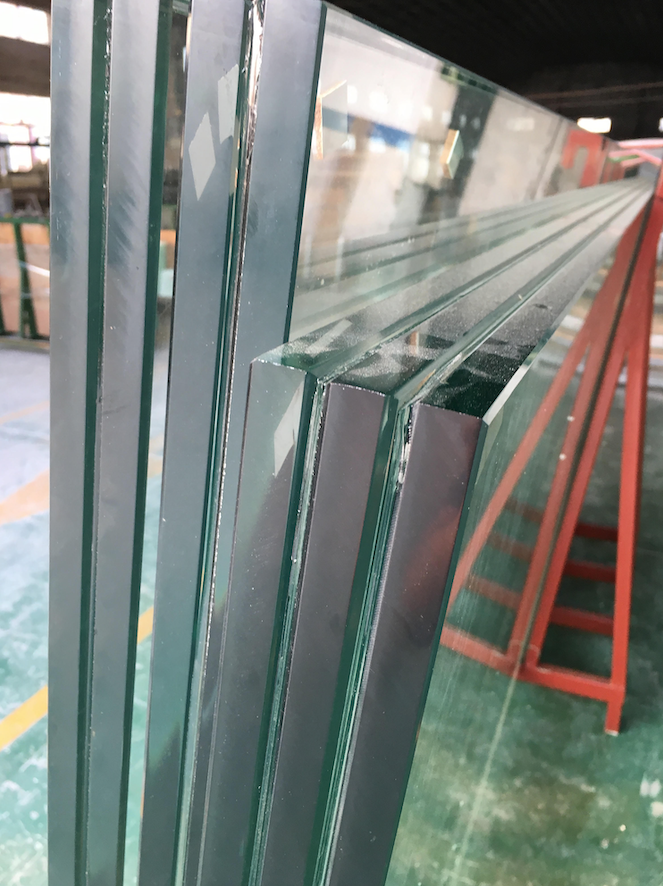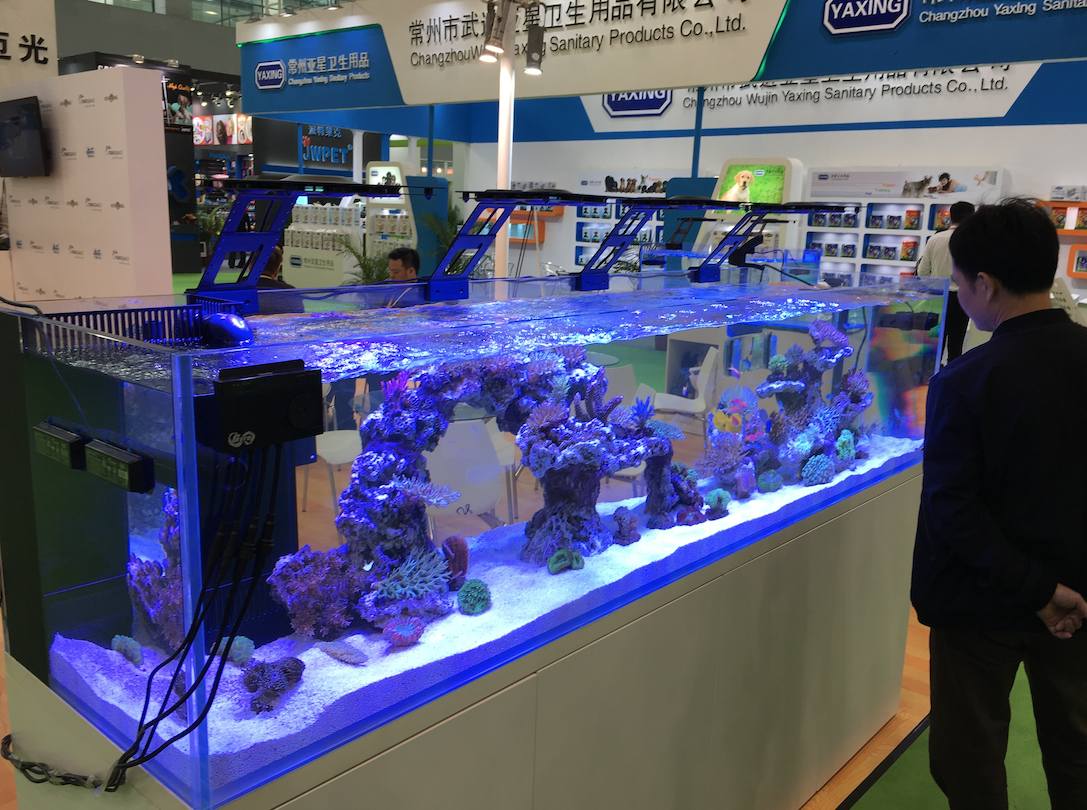The rising cost and scarcity of shipping containers are having a knock-on effect on the aquatic trade. Pre Covid, the price of shipping a 40’ container was around $3000. In 2021 prices rose first to $10,000 and are now at $16,000 – over five times what it used to cost to ship and receive aquatic goods from China. And the effects are starting to be seen across the industry.
The reasons are many. First of all Lock Downs caused a total cease or slowdown of production capacity in some Chinese factories. A huge increase in demand for PPE then followed and swallowed up all available export channels from China including shipping by air and sea. Chinese ports actually ran out of shipping containers so couldn’t send anything more out, which itself caused a backlog and container shipping pricing to rocket.
The gamble
One aquatic supplier said they tried to import marine substrate raw materials from Turkey but was told there wasn’t a spare container in the whole country, and they didn’t even have polythene bags to ship it in.
Another aquarium importer told Reef Builders that splitting the shipping cost over a few large aquariums wasn’t viable so they were leaving their tanks in China. While a large eCommerce retailer said that they gambled on paying the increased shipping in the hope that competitors wouldn’t, leaving them as the only retailer with goods in stock and available to sell.
This should leave home-manufactured aquatic goods at an advantage over those made in China, however a product that is 99% manufactured elsewhere may still source 1% of its components from China, or their suppliers might, leaving them in the same situation. The cost of raw materials has gone up globally too, especially plastic.
So pay up, pass the cost on up the supply chain, or stop manufacturing and lose vital income. It’s a tough time for the aquatic supply chain, especially when demand for aquatic products actually increased because of stay-at-home aquarists during Covid.

Record Air Freight charges on fish and corals
The livestock trade has been massively affected by Covid too. Planes stopped flying as Covid spread around the world in spring 2020. Then the flights that continued swapped passengers for cargo, but at much higher freight rates than before.
Fish farms were forced to run on a third of the staff and even customs and CITES checks were carried out by less staff, or staff operating remotely, further risking livestock survival prospects as time spent in transit dramatically increased. And Covid is still happening now, with many (unvaccinated,) people scared to go out in key marine export countries such as Sri Lanka, The Philippines, and Indonesia.
Fish breeding has even been affected with the few staff left looking after fish in the farms doing just that – looking after the broodstock instead of the labor-intensive job of breeding fish and rearing fry.
A livestock importer told Reefbuilders there is now a shortage of Discus right across South East Asia because no one is breeding them like before. Fish farmers in Thailand don’t want to go out because they don’t want to catch Covid.
They also said that for one airline, in the absence of passengers, shipping flat-screen TVs proved more lucrative than shipping fish as cargo, and with fewer risks.
So just like with key electricals, there are fewer fish available, and those that are making it through are subject to higher freight charges than ever before.
A lasting legacy
Import and distribution companies are the most affected, though with some products more than others. Small, high ticket items like compact LED lamps or wavemakers may survive having their share of $16k container freight divided up amongst them but the low value or bulky goods won’t as their pricing models weren’t ever calculated to include such high freight and transportation costs…unless we are all prepared to pay more.
And if the goods do make it to port road haulage costs are at an all-time high and there’s a shortage of drivers – at least in Europe anyway. One aquatic supplier said it would take a decrease in global demand and an increase in ships to fix the problem. However, retailers and brands are moving forward with new products and launches as consumers are hungry for new products globally.



